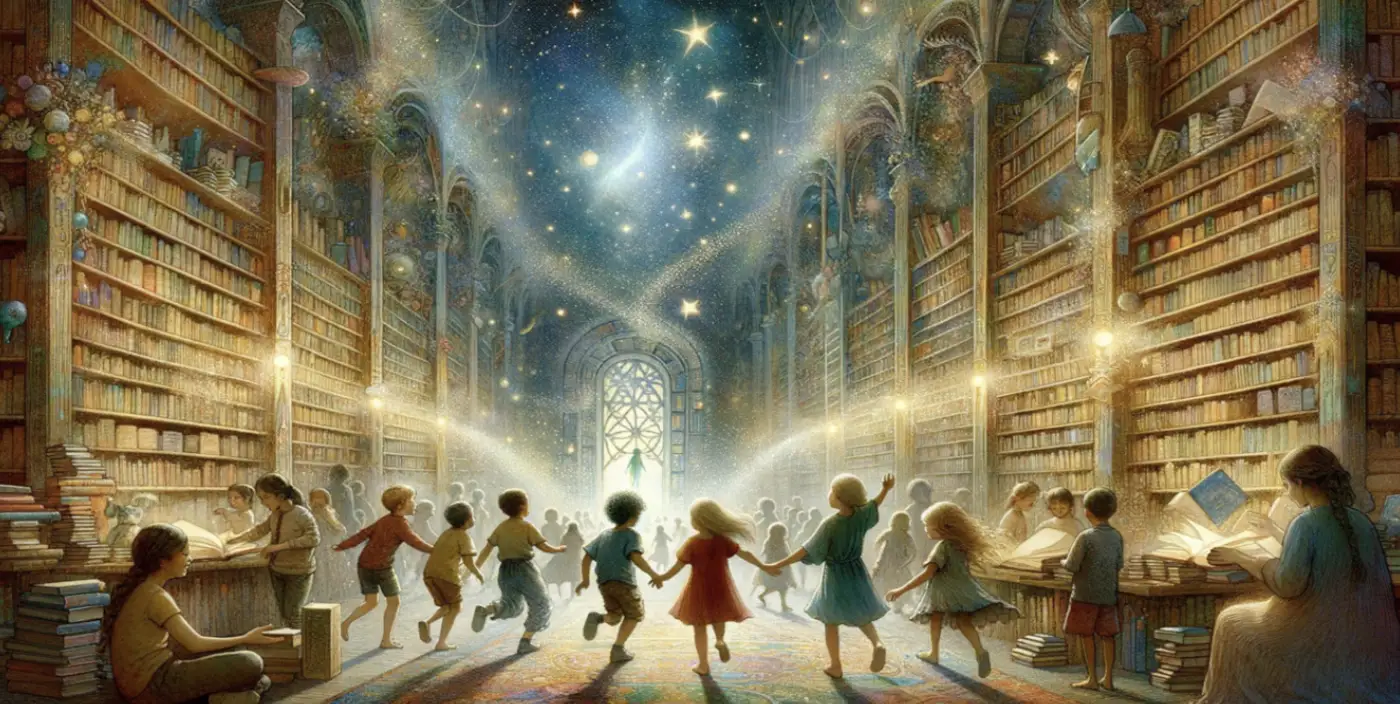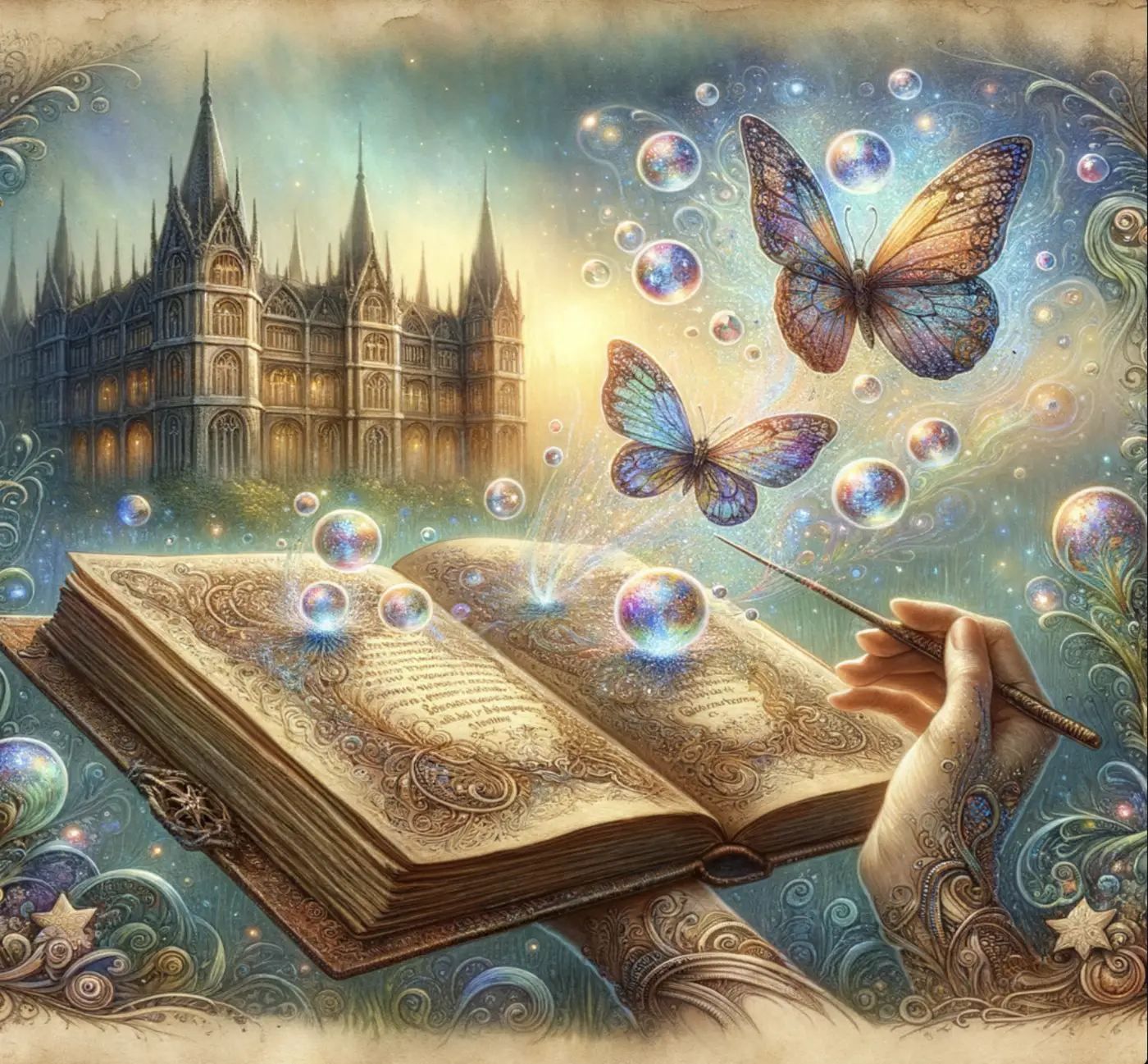Dialogue in Children Stories: Do’s & Don’ts

Are you finding it tricky to write dialogue that feels fun, exciting, and true to your characters? Do your story pals end up saying everything on their minds, making your dialogue seem flat and boring? Or maybe all your characters sound alike, and you want each one to have their own special voice and personality? If any of this sounds familiar, you're in the right place!
In this blog post, we’re going to explore the dos and don’ts of writing dialogue for children’s stories. We’ll talk about common mistakes and how to avoid them, so your dialogue can sparkle with charm and bring your stories to life! Dialogue is like the secret ingredient in a magical potion—if you get it just right, it can make your readers giggle, gasp, and cheer along with your characters’ adventures!
Mistake to Avoid #1: Don’t Make Your Characters Say Exactly What They’re Feeling
Imagine if every character in your story just blurted out their emotions like they were reading from a script! How boring would that be? Kids love stories that feel real and exciting, where characters’ feelings are hinted at through their words and actions, like a hidden treasure waiting to be discovered.
Instead, let your characters show their emotions through playful banter, funny expressions, or little hints in their dialogue. Maybe your brave knight is actually feeling scared, but he tries to act tough by joking around with his trusty dragon sidekick. Or perhaps your curious explorer discovers a mysterious clue but tries to play it cool to impress their friends. It’s these little hints of emotion that make dialogue sparkle like magic!
Let’s try rewriting a scene from a children’s story, where two friends, Lily and Max, find a hidden treasure in the backyard:
Bad Example (Dialogue with Emotion Dumping):
Lily: “Wow, Max, I’m so excited! We found the treasure! I feel happy!”
Max: “Yeah, Lily, me too! Finding treasure makes me feel joyful and adventurous!”
Yawn! That’s like reading a boring textbook instead of a thrilling adventure story! Let’s add some sparkle and magic to their dialogue by showing their excitement instead of telling it:
Good Example (Dialogue with Subtext):
Lily: “Look, Max! We did it! We found the treasure!”
Max: “Whoa, Lily, check it out! We’re like real treasure hunters!”
See the difference? Now, their dialogue feels alive and playful, just like real kids on a thrilling quest!

Mistake to Avoid #2: Don’t Make All Your Characters Sound the Same
In the enchanted world of storytelling, each character is like a unique gem, sparkling with their own special personality and voice. But sometimes, writers accidentally make all their characters sound alike, like they’re reading from the same script! How can you fix this? By sprinkling a little magic dust on each character’s dialogue to make it as unique as they are!
Think about your characters’ personalities, quirks, and interests. Maybe your mischievous fairy talks in rhymes and riddles, while your brave adventurer uses big words to sound smart. Or perhaps your shy wizard speaks softly and stutters when they’re nervous. It’s these little touches that make each character shine like a star in the night sky!
Let’s rewrite a scene from a children’s story, where three friends—Sunny, Jack, and Rosie—set off on a quest to save the enchanted forest:
Bad Example (Dialogue with Same-sounding Characters):
Sunny: “Hey, guys, let’s go on an adventure!”
Jack: “Yeah, Sunny, that sounds like fun! I’m excited!”
Rosie: “Me too, Sunny and Jack! Let’s go save the forest!”
Oh dear, they all sound like they could be the same person! Let’s give each character their own unique voice and personality:
Good Example (Dialogue with Distinct Voices):
Sunny: “Hey, fellow adventurers! Shall we embark on a quest to save our beloved forest?”
Jack: “Absolutely, Sunny! My sword is ready for action!”
Rosie: “Um, guys, do you think we could, um, maybe save the forest without too much danger?”
Ah, much better! Now, each character’s dialogue reflects their personality and adds a touch of magic to the story!
Mistake to Avoid #3: Don’t Overuse Description in Dialogue Tags
In the land of storytelling, every word counts, like precious jewels in a treasure chest. But sometimes, writers get carried away with describing every little detail in their dialogue tags, like they’re painting a portrait instead of telling a story! How can you avoid this? By keeping your dialogue tags short and sweet, like a sprinkle of fairy dust on your story!
Think of dialogue tags as signposts that guide readers through the conversation, not as traffic lights that slow them down. Instead of describing every blink, nod, or frown, trust your readers’ imagination to fill in the blanks. Kids love to use their imagination, so give them room to soar like dragons in the sky!
Let’s rewrite a scene from a children’s story, where two animal friends, Milo and Luna, share a secret adventure:
Bad Example (Dialogue Tags with Overdescription):
Milo exclaimed with excitement, “Wow, Luna, look at that shiny star in the sky!”
Luna replied with a smile, “Yes, Milo, it’s like a twinkling diamond in the night!”
Oh dear, those dialogue tags are like heavy rocks weighing down the story! Let’s lighten the load and let the dialogue shine on its own:
Good Example (Dialogue Tags with Light Description):
“Milo, look!” exclaimed Luna, pointing to the sky.
“Wow, Luna, it’s a shiny star!” replied Milo, eyes wide with wonder.
Ah, much better! Now, the dialogue sparkles like starlight on a clear night, inviting readers to join Milo and Luna on their magical adventure!
Mistake to avoid #4: Don’t Make Your Characters Sound Too Grown-Up
One common mistake in children’s stories is having characters speak in a way that feels too mature or advanced for their age. Kids have their own unique way of expressing themselves, so it’s important to capture their voice authentically. Avoid using vocabulary or phrases that are beyond the understanding of your target age group. Instead, immerse yourself in the world of childhood by listening to how kids talk, paying attention to their slang, expressions, and playful language.
To make your dialogue resonate with young readers, infuse it with the charm and innocence of childhood. Think about how a child would express their thoughts and emotions in different situations. Consider factors like their age, background, and personality when shaping their speech patterns. Whether they’re giggling with friends on the playground or sharing secrets under a blanket fort, let their voices shine through in a way that feels authentic and relatable to your audience.
Wrapping Up
Writing dialogue for children’s stories is a delightful journey filled with endless possibilities. By capturing the innocence, wonder, and joy of childhood in your characters’ voices, you can create magical moments that resonate with young readers long after the story ends. So go ahead, let your imagination run wild, and bring your characters to life through the power of dialogue.




